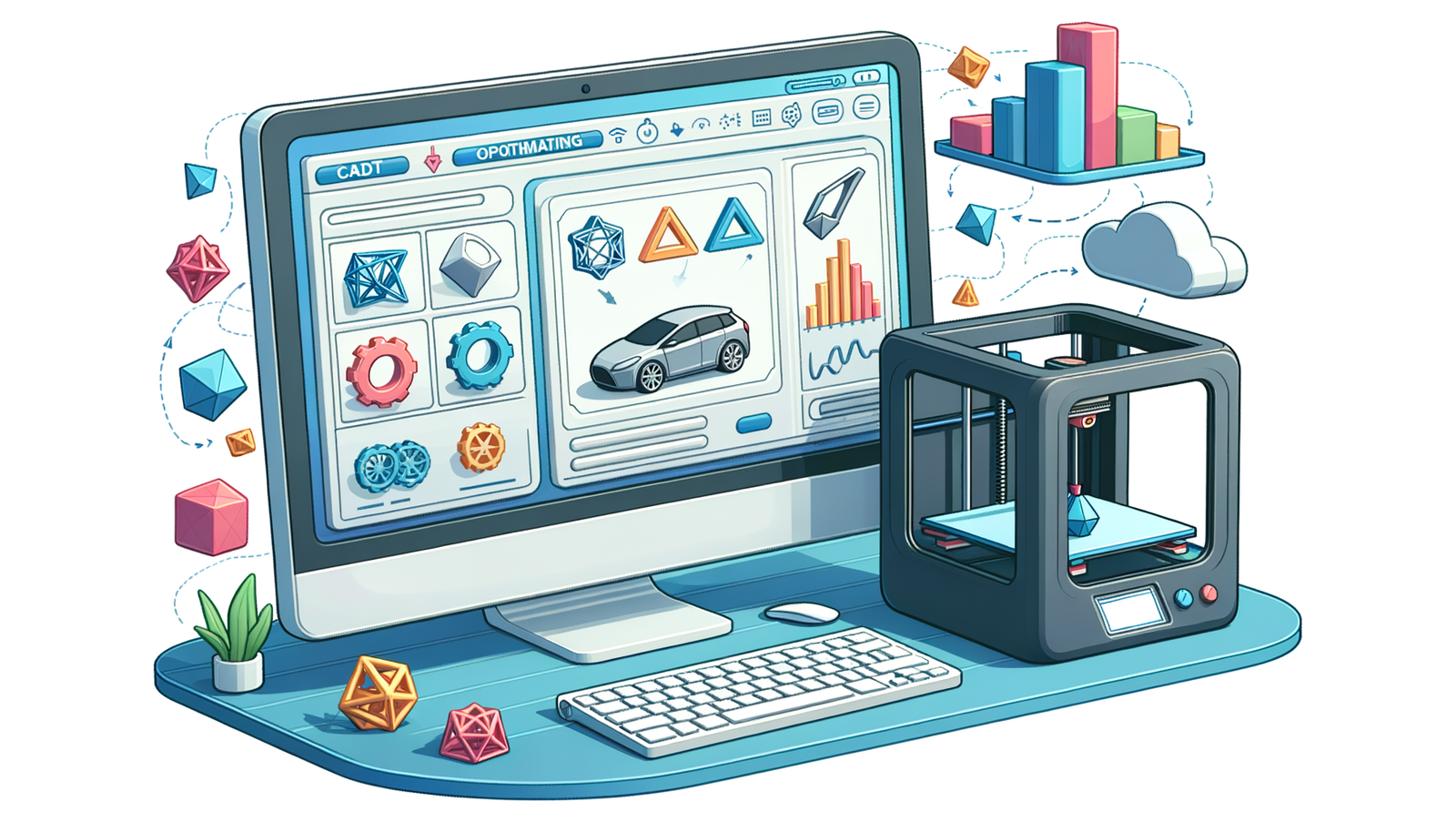Your Cart is Empty
Customer Testimonials
-
"Great customer service. The folks at Novedge were super helpful in navigating a somewhat complicated order including software upgrades and serial numbers in various stages of inactivity. They were friendly and helpful throughout the process.."
Ruben Ruckmark
"Quick & very helpful. We have been using Novedge for years and are very happy with their quick service when we need to make a purchase and excellent support resolving any issues."
Will Woodson
"Scott is the best. He reminds me about subscriptions dates, guides me in the correct direction for updates. He always responds promptly to me. He is literally the reason I continue to work with Novedge and will do so in the future."
Edward Mchugh
"Calvin Lok is “the man”. After my purchase of Sketchup 2021, he called me and provided step-by-step instructions to ease me through difficulties I was having with the setup of my new software."
Mike Borzage
Boosting Performance with Next-Gen Graphics Technology: Autodesk Flame's Latest Upgrade for Media and Entertainment
October 02, 2023 2 min read


Autodesk Flame Adopts Next-Gen Graphics Technology for Increased Performance - Media and Entertainment
The increasing complexity of projects in the media and entertainment sector necessitates faster iteration, heightened efficiency, and reduced friction in production pipelines. By harnessing the power of next-generation graphics technology, artists can enhance their application performance and meet tight deadlines. In its latest update, Autodesk Flame shifts to next-generation graphics frameworks for both Rocky Linux and macOS, thereby significant improving production pipeline performance for studios, both on-premise and in the cloud.
Moving to a Modern Graphics Architecture
Flame 2024.1 introduces significant changes to the VFX and finishing tool’s graphics architecture. This update marks the transition from OpenGL to Vulkan and Metal frameworks for Rocky Linux and macOS platforms. This shift unlocks advanced graphics and compute capabilities. “When combined with new workstation CPUs and faster PCIe buses, as well as the latest generation of NVIDIA GPUs, these new graphics frameworks put artists in the fast lane so that they can push their productivity to the max,” says Stephane Labrie, Senior Product Owner at Autodesk.

Increasing Performance Gains
The move to Vulkan and Metal frameworks brings faster rendering times and increased interactivity, giving Flame artists more time to focus on creating cutting-edge content. Ton Habraken, VFX Supervisor at SquarePXL, says, “It was immediately clear that the move to Vulkan brings a significant speed boost. Flame already is the fastest and most versatile creative system out there, but this brings things to a whole new level. More speed allows for more iterations, thus adding to the creative result." The update also brought significant performance gains for Apple users. Bryan Bayley, Senior Flame Artist and Colorist at Republic Editorial, states, “We found that most of the work we do renders faster. Some render times are faster by 50%. The interface is snappy and overall, it feels like a huge improvement to the working experience."
Enhancing the Core Toolset
Alongside these significant architecture changes, Flame 2024.1 enhances the solution’s existing tools. The Metadata Overlay feature, added to the Player in Flame 2024, is now available in Batch, Batch FX, and Modular Keyer. The Resize tool receives multiple enhancements, allowing artists to work faster and with accurate results. New Adaptive and Scaling Presets modes allow users to quickly select a new destination resolution based on the source information. For the full list of improvements and features brought by Flame 2024.1, visit the Autodesk website. In conclusion, the latest update for Autodesk Flame brings a robust and optimized graphics foundation to Flame, promising further performance and feature enhancements leveraging the power of the GPU. For more information about the newest and most advanced design software technology, contact our sales team at NOVEDGE.Also in Design News

Optimizing CAD Software for 3D Printing: Enhancing Design-to-Production Efficiency
May 08, 2025 9 min read
Read MoreSubscribe
Sign up to get the latest on sales, new releases and more …




